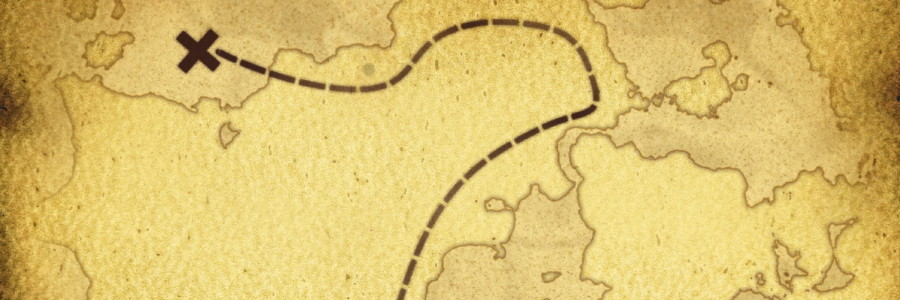
Create a Puzzle That Doesn’t Frustrate Your Players
If your puzzles confound your players so much that they give up, then you’ve made a bad puzzle.
Let’s be honest. You want people to play your games. But in reality, you want people to want to play your games. Their excitement fuels you to continue designing games and puzzles. You want to make sure that your riddles aren’t too easy, but in an attempt to add complexity, game designers often go too far in the other direction.
Start with Your Answer
If you need to get the player to a certain point, it can be easy to work backwards from where you need them to be. Let’s say you need them to have the number 95. How can you get there? A photo of an interstate sign? The total calories in a serving size of Dorito’s?
Once you find your “95” then you can weave it into your game. Maybe your main character took a road trip down Interstate 95 and you can have photos of them.
Use Something That People Are Familiar With
While it can be fun to weave new experiences into your game and story, don’t make them obscure for the sake of being obscure. You might have the perfect clue whose answer references Zaphod Beeblebrox but if your players haven’t read the Hitchhiker’s Guide to the Galaxy books then it’s wasted. This isn’t to say that you can’t use any references at all, you just need to be sure they are accessible to your audience. But how do you find things that are common knowledge?
First off, you can write anything into your story provided you give enough background. Secondly, test your ideas on friends and family. If it’s not making sense to them then you need to flesh it out a little more. Lastly, keep a running list of ideas, If you hear a song on the radio or see something on TV that gives you an idea, make note of it and come back to it later. If you still like it then add it to your group to test.
Build Towards Complexity
Your opening puzzles and riddles should be something that players can quickly understand and gets them involved. If you start out with a polyalphabetic cipher, you’re likely to lose some of your players. Simpler puzzles draw players in and can give them a sense of accomplishment. As your game builds, you can throw more at them.
Tell A Story
Humankind has long had a love for stories. It’s just part of who we are. Books, movies, TV all provide us with great storytelling (and some horrible storytelling too). By building an escape room or any kind of team building activity, you’re able to involve people in your story. And by wrapping a story around your puzzles, you’re helping them have a reason to care about an outcome. “We want to save the damsel!” or “We need to escape the mad scientist!” are great ways to get game players to work toward a common goal.